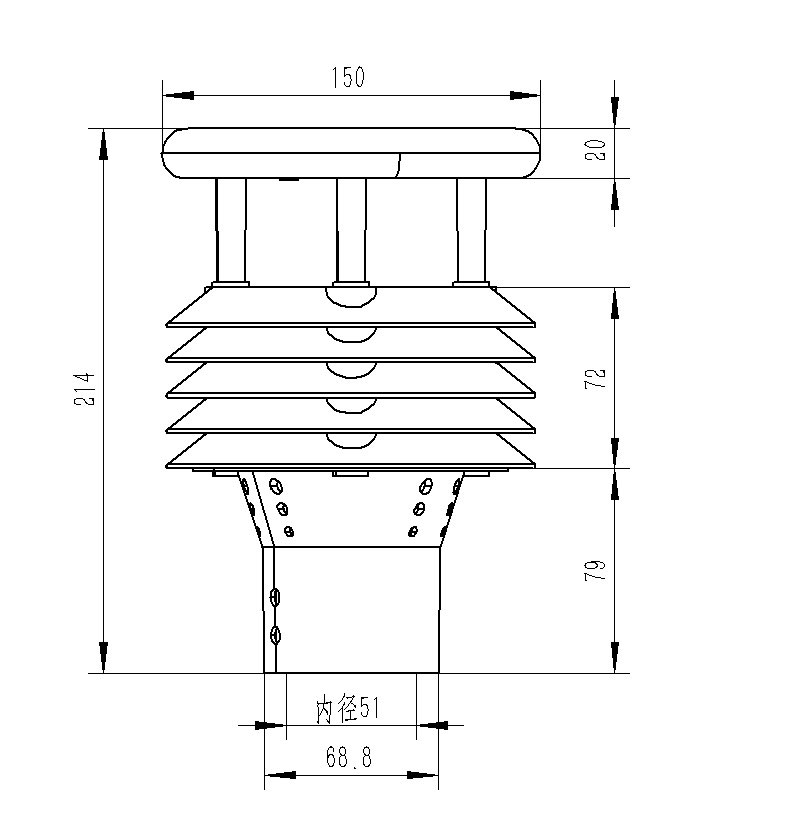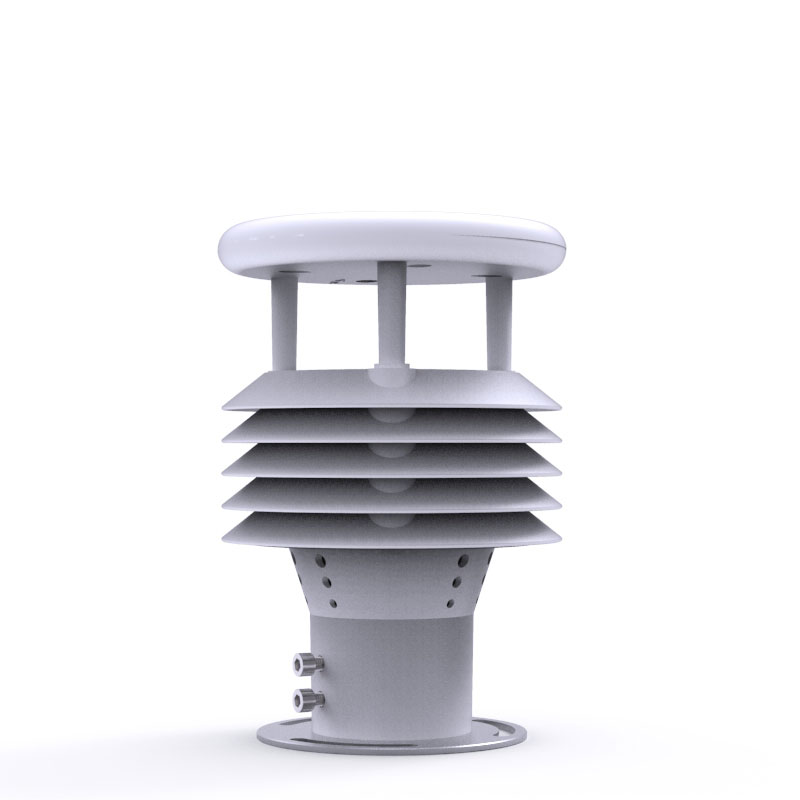Tianqiong Sensor IOT Technology Co., Ltd
Sales Manager:Ms. Emily Wang
Cel,Whatsapp,Wechat:+86 15898932201
Email:info@fengtutec.com
Add:No. 155 Optoelectronic Industry Accelerator, Gaoxin District, Weifang, Shandong, China

Sales Manager:Ms. Emily Wang
Cel,Whatsapp,Wechat:+86 15898932201
Email:info@fengtutec.com
Add:No. 155 Optoelectronic Industry Accelerator, Gaoxin District, Weifang, Shandong, China

Model:FT-Y6
Brand:tianqiong
1.Introduction to Vehicle Meteorological Sensor(VMS) Products
Vehicle Meteorological Sensor(VMS) is a meteorological sensor for ground vehicles used by first responders, firefighters, and Hazmat teams.Shandong Fengtu IoT Technology Co., Ltd., as an enterprise specializing in the research, development, production and sales of micro meteoroscopes, has always been committed to the promotion and application of micro meteoroscopes and meteorological environment solutions.With a complete production chain, strong technical team and a comprehensive marketing team, we have developed and produced meteorological products such as ultrasonic wind speed wind meter, five-element micrometeoroscope, six-element micrometeoroscope and small automatic meteorological station.They have been widely used in meteorological monitoring, urban environment monitoring, wind power generation, navigation and ships, aviation airports, bridges and tunnels, etc.We have customers all over the country and have achieved good social and economic benefits.
The principle of Vehicle Meteorological Sensor(VMS) is to transmit continuous frequency conversion ultrasonic signals, and to detect wind speed and direction by measuring relative phase.Compared with traditional ultrasonic wind speed and directional instruments, our products overcome the demand for high-precision timers and avoid inaccurate measurement problems caused by sensor startup delay, demodulation circuit delay, and temperature changes.
Vehicle Meteorological Sensor(VMS) innovatively implements the six meteorological parameters (ambient temperature, relative humidity, wind speed, wind direction, atmospheric pressure, piezoelectric rainfall) through a high-integration structure, which can realize 24-hour continuous online monitoring of outdoor meteorological parameters, and output six parameters to users at one time through the digital communication interface.
2.Product features of Vehicle Meteorological Sensor(VMS)
1.The hidden ultrasonic probe on the roof cover avoids interference from rain and snow accumulation and avoids natural wind shading (Utility model patent, patent number ZL 2020 2 3215713.X)☆
2.The principle is to transmit a continuous frequency conversion ultrasonic signal, and to detect the wind speed and direction by measuring the relative phase (invention patent, patent number ZL 2021 1 0237536.5)☆
3.Integrated six elements of wind speed, wind direction, temperature, humidity, atmospheric pressure, and piezoelectric rainfall (utilitary patent, patent number ZL 2020 2 3215649.5)☆
4.Adopt advanced sensing technology, real-time measurement, no starting wind speed☆
5.Strong anti-interference ability, with watchdog circuit, automatic reset function, ensuring stable operation of the system
6.High integration, no moving parts, zero wear
7.Maintenance-free, no on-site calibration required
8.Use ASA engineering plastics for outdoor applications without changing color all year round
9.The output signal of the product design is standard as RS485 communication interface (MODBUS protocol); optional 232, USB, and Ethernet interfaces, supporting real-time data reading☆
10.Optional wireless transmission module, minimum transmission interval of 1 minute
11.The probe is snap-on, which solves the problem of inaccurate loose transportation and installation process☆
3.Technical parameters of Vehicle Meteorological Sensor(VMS)
1.Wind speed: 0~60m/s (±0.1m/s); (Beijing Meteorological Calibration Certificate)
2.Wind direction: 0~360° (±2°); (Beijing Meteorological Calibration Certificate)
3.Air temperature: -40-60℃ (±0.3℃); (Calibration certificate of Beijing Meteorological Bureau)
4.Air humidity: 0-100%RH (±3%RH); (Calibration Certificate of Beijing Meteorological Bureau)
5.Atmospheric pressure: 300-1100hpa (±0.25%); (Calibration certificate of Beijing Meteorological Bureau)
6.Piezoelectric rainfall: 0-4mm/min (±4%)
7.Power: 1.08W
8.The manufacturer has ISO quality management system, environmental management system and occupational health management system certification☆
9.The manufacturer has a computer software registration certificate☆
10.The manufacturer is a 3A-level credit enterprise☆
4.Vehicle Meteorological Sensor(VMS) product size diagram

5.Vehicle Meteorological Sensor(VMS) product structure diagram

6.Precautions for Vehicle Meteorological Sensor(VMS)
1.The radius of 1 meter around the sensor level is not blocked to avoid the influence of water droplets.
2.The sensor installation position should avoid strong mechanical vibration sources
3.The sensor should be installed in an open area, and raindrops should drip directly to the sensor, and should be avoided from secondary dripping and continuous water flow impact.
All - in - One Weather Sensors represent a significant technological update in the field of modern meteorological monitoring. Through a highly integrated design, it combines traditional discrete measurement modules into a single device, enabling the synchronous collection of all - element meteorolog...
China has a vast territory with complex and diverse geographical environments and significant differences in climatic conditions. As a crucial link for power transmission, transmission lines inevitably traverse special geographical areas such as valleys, high - altitude peaks, and rivers. These spec...
Two - dimensional ultrasonic anemometers can only measure two parameters: wind speed and direction on the horizontal plane. They cannot obtain information about the wind in the vertical direction, such as vertical wind speed or the upward/downward speed of vertical airflows. Therefore, they are only...
In the photovoltaic field, "black heart" is a serious quality issue, manifested as the luminous intensity of some areas inside the photovoltaic module being significantly lower than the normal level, presenting black or dark areas. This indicates that the performance of the battery cells i...